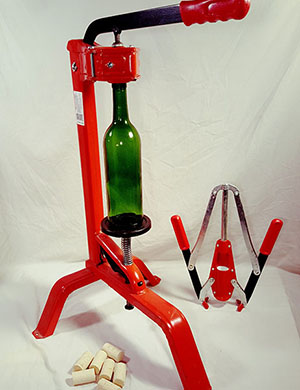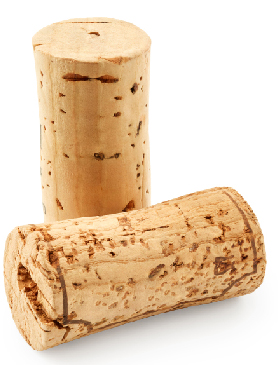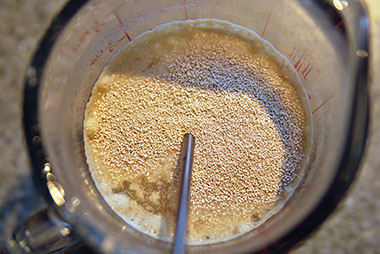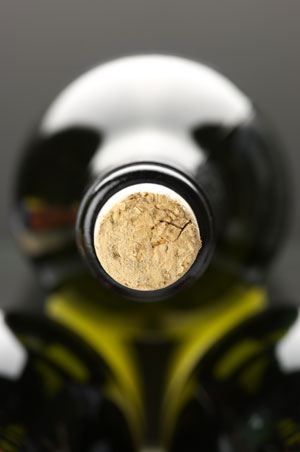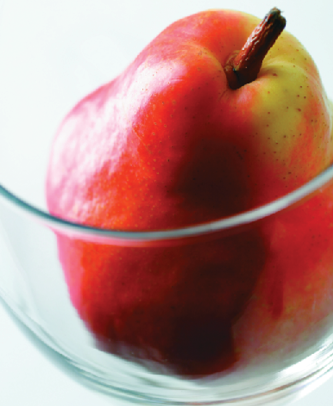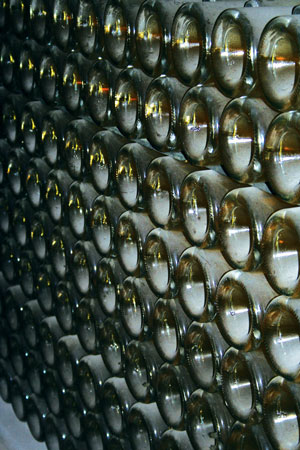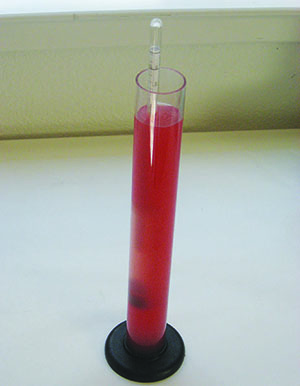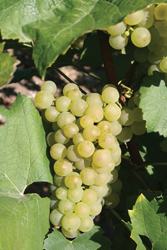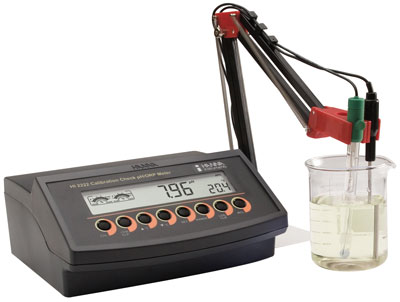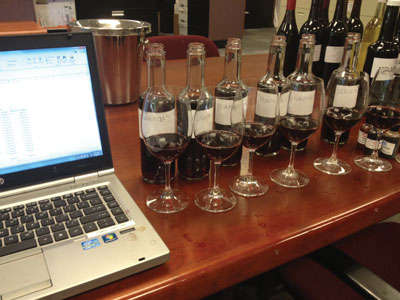Writer: Alison Crowe
Is MLF testing necessary?
You are absolutely right that most wines, especially those that are inoculated and have favorable conditions, will go malolactic (ML) complete within six or eight months of harvest. Even if your area
Troubleshooting Off-Odor in a Viognier
Viognier can be a bit of an odd duck. Like Riesling, it can get some of those weird petrol/gas like aromas, and that’s just natural, from the grapes. Like Sauvignon Blanc, it
Barrel-Aging Question
Unfortunately, with a small barrel like that, you’re going to have a high ratio of oxygen:wine. If you think about a traditional-sized barrel, it’s about 59 gallons (225 L); there’s a lot
A Corker Conundrum
I hope I’m assuming correctly, but I’m imagining that you’ve got the smaller, lighter-weight red metal corker with adjustable spring-loaded bottle base and plastic jaws, sometimes called a “Portuguese” corker. These are
A Corker Conundrum, Barrel Questions, MLF Testing, and Troubleshooting
Fresh off her winemakermag.com Live Chat, the Wiz continues to dish out advice on a wide array of topics including a misbehaving corker, barrel size considerations, malolactic advice, and troubleshooting off-odors in a Viognier.
5 Do’s and 5 Don’ts: Wine Wizard
Dear Wine Wizard, I’ve been making wine for about a year now and I’m wondering if you’d be willing to help me out with a wrap-up of some of your winemaking wisdom.
Cork Questions: Wine Wizard
Dear Wine Wizard, I’ve heard both “yes” and “no” on soaking corks before bottling. All of the commercial wineries I’ve visited don’t soak their corks before bottling. Can you set us straight
Pressing Cherries & Yeast Life: Wine Wizard
QI have made 2.5-gallon batches of pin cherry wine. Without a recipe to go by, I used my old standby: Chokecherry recipe of 20 plus years. It makes excellent wine with a
Sediment Fallout & Off-odors: Wine Wizard
Dear Wine Wizard, I made a Concord wine about nine months ago and bottled it for Christmas. I put gelatin in it twice to remove sediment and to clear up my wine.
Flat & Sweet: Wine Wizard
, QMy pear wine is watery and flat, I have already bottled it. Is there anyway to save it? It was my first attempt at winemaking and I don’t know what went
Knocking Down Rot On Grapes
That’s a great question as we approach the harvest season. Though I don’t expect 2019 harvest to be like 2011 or 1998, many of us all over the country, from Oregon to
Decanting Advice
Those are a great couple of questions. Decanting, or the pouring of a wine out of its bottle into another, larger container (usually made of clear glass or crystal), is something that
Affects of Acid
In general, I think of how TA (titratable, or total acidity) and pH impact flavor and mouthfeel in this simple (and yes, perhaps simplistic) way: TA determines how tart or sour a
Determining A Wine’s Ageability
I’ll answer your last questions first and then give you my thoughts on the age-worthiness of your wine. RS (residual sugar) “Dry” (no sugar remaining) is usually considered 0.2% or less (2
Determining Ageability, Wine Chemistry, Decanting Advice, and Knocking Down Rot
QI’ve got a red Bordeaux-style blend with the following stats: Aged 28 months in French and American oak, with these numbers: Alcohol — 13.8%; Free SO2 — 37 mg/L; Total SO2 —
Screw Caps and Fruit Wines: Wine Wizard
Cap recycling QCan I reuse bottles with screw on caps for bottling wine? Jim Neumeistervia email AWhat you describe, reusing commercial screwcap wine bottles for subsequent bottlings, is something no commercial winery
Alternative Sweeteners, Pomace Compost, and Stuck Fermentations: Wine Wizard
QI grow and make Cabernet Sauvignon and Merlot in southwest Idaho. The season is intense but short. In order to reach decent ripeness (~25 °Brix), I have been growing with a very
Chardonnay Choices, Fruit Wines: Wine Wizard
I have 7 gallons (26 L) of 2009 Chardonnay made from home-grown grapes. This was my first year of production from these vines and I did not use oak or MLF. Fermentation
Yeast choice for a fruit wine
You want to know what my standard, go-to, never-fail, keeps-most-wines-happy yeast is? It’s called Prise de Mousse, EC1118, Davis 796 or Premier Cuvee. Why all the names? I guess so a lot
Testing options for pH and TA, Yeast choice for a fruit wine: Wine Wizard
Barrel tests QCan you tell me what I really need to handle one to one and a half barrels of juice annually? The TA and pH kits that I have seen are
Grape requirements, bentonite and yellow ring: Wine Wizard
QHow many pounds of grapes will make five gallons (19 L) of wine? Are there guidelines for reds and whites and varieties within each of those groups? How much does vintage affect
Cane Juice Wine
That’s coming is a long answer but I hope it will speak to the many possible country wine situations in which you may find yourself. A good number of our readers choose
Sugar Conversion Tables, Making Wine from Sugar Cane: Wine Wizard
Sugar solution I am fairly new to home winemaking having only made a few kits and three batches of Muscadine wine. I have been using Daniel Pambianchi’s book Techniques in Home Winemaking
Sugar Conversion Tables
For the WineMaker’s Answer Book I referenced the Table 1-2, Appendix 1, from Wine Analysis and Production, Zoecklein et al, 1995 for the Specific Gravity to Brix tables. Note that this conversion
Softening The Wine, Using Gum Arabic, and Avoiding a Persistent Sediment
QI am planning to try a new product on some older cabernet wine (2015 vintage) that has not yet been bottled. It has a harshness that might be related to tannins. It
